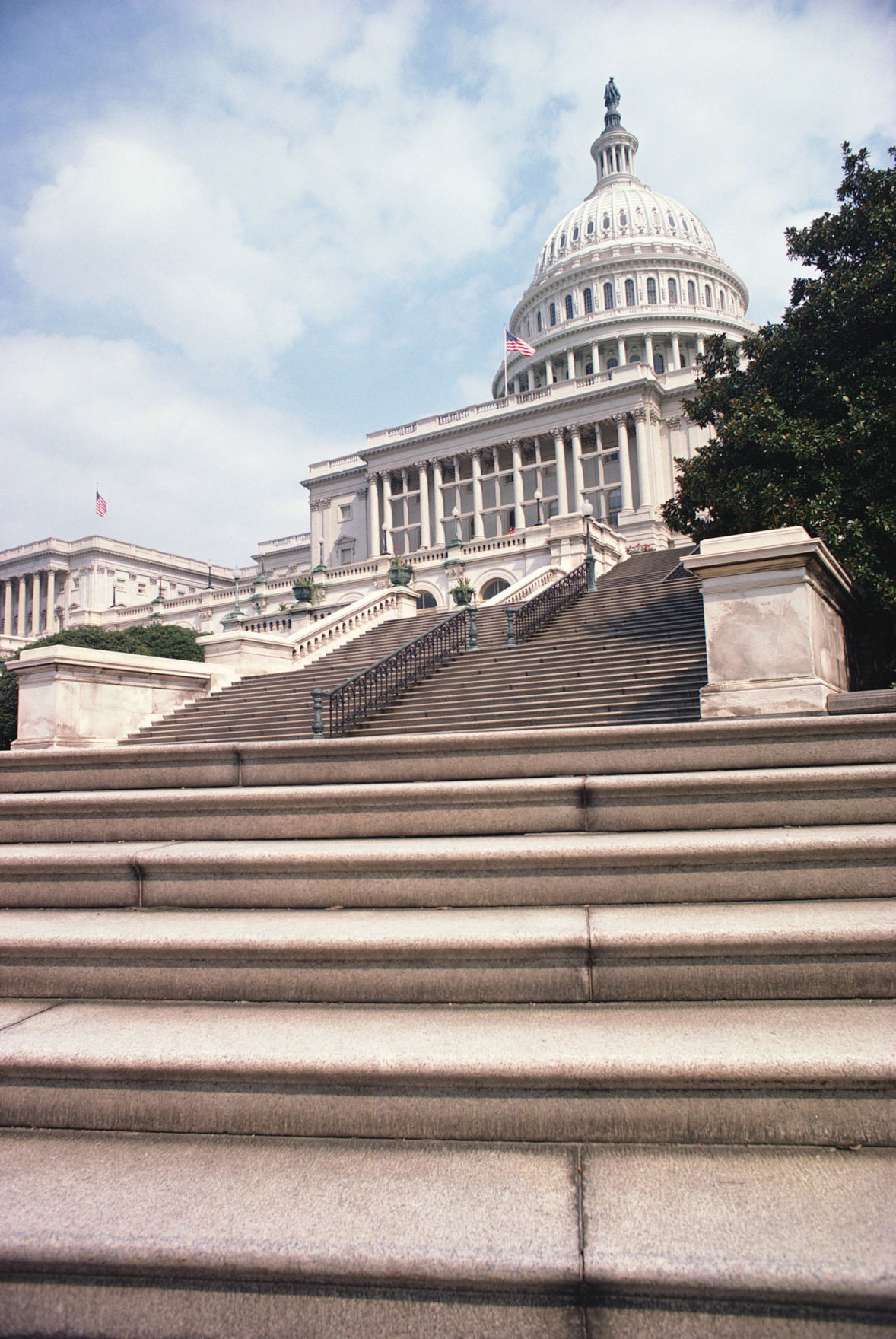In February, the Smithsonian released nearly 3 million historical photos into the public domain from their 19 museums, as well as research centers, libraries, archives, and the National Zoo.
The program, Smithsonian Open Access, has 100% copyright-free images, which means anyone can use and post the photos without asking permission. Heck, you can even put them on a T-shirt.
One particular set of photos grabbed my attention. Did you know that dozens of sheep roamed the White House lawn just over 100 years ago?
According to the Smithsonian, during World War I, President Woodrow Wilson and his wife Edith maintained a flock of White House sheep that helped to save money on cutting the grass.
Purchased from a nearby farm in Bowie, Maryland, a dozen sheep and four lambs multiplied to 48 animals over three years. In 1920, the sheep and wool were auctioned off, resulting in $52,823 in war funds for the Red Cross.
“The Wilsons wanted to be a model American family helping the war effort, so they suspended entertaining at the White House and actively participated in public programs. Margaret Wilson sang to raise money for the troops. Mrs. Wilson organized war bond rallies,” according to the White House Historical Association.
In 2018, the Woodrow Wilson Presidential Library and Museum received a donation of wool from one of the White House sheep, which was previously kept in a safe deposit box after being won at auction, according to the Library. The wool is now on display.
Wilson’s sheep weren’t the first livestock that roamed the White House lawn. His predecessor President William Howard Taft kept his Holstein cow, Pauline Wayne or “Queen of Capital Cows,” in the old White House horse stable, according to the White House Historical Association.
There’s also a photo of Pauline grazing in front of the old building for the State, War and Navy Departments—now the Eisenhower Executive Office Building.
Unfortunately, Taft’s previous cow, Molly Wolly, died from eating too many oats.
A story in The New York Times on November 4, 1910, says that Pauline came from Wisconsin Senator Isaac Stephenson’s farm and arrived after a two-day journey. After arriving in Washington, Pauline yielded 7.5 gallons of milk per day.
Other recently released historical photo from the Smithsonian include thousands of farms from across the country in the 1800s and 1900s.
There are also dozens of photos of vintage buttons from multiple “tractorcades” (protests in tractors) that took place in Washington in 1978 and 1979.
Dubbed the American Agriculture Movement, farmers showed up in thousands in Washington to raise awareness to their plight and drive change in agriculture policy. They stayed for weeks. When a blizzard blanketed the city in 1979, the farmers helped dig out Washington.
One pin lists Plains, Kansas, and Plains, Georgia, and reads, “The South joins the North.”
Another pin reads, “We the unknown have done the impossible for the ungrateful for so long with so little that we are now qualified to do anything with nothing.”
Editor’s note: Seymour Klierly writes Washington Whispers for the Journal from inside the Beltway.
